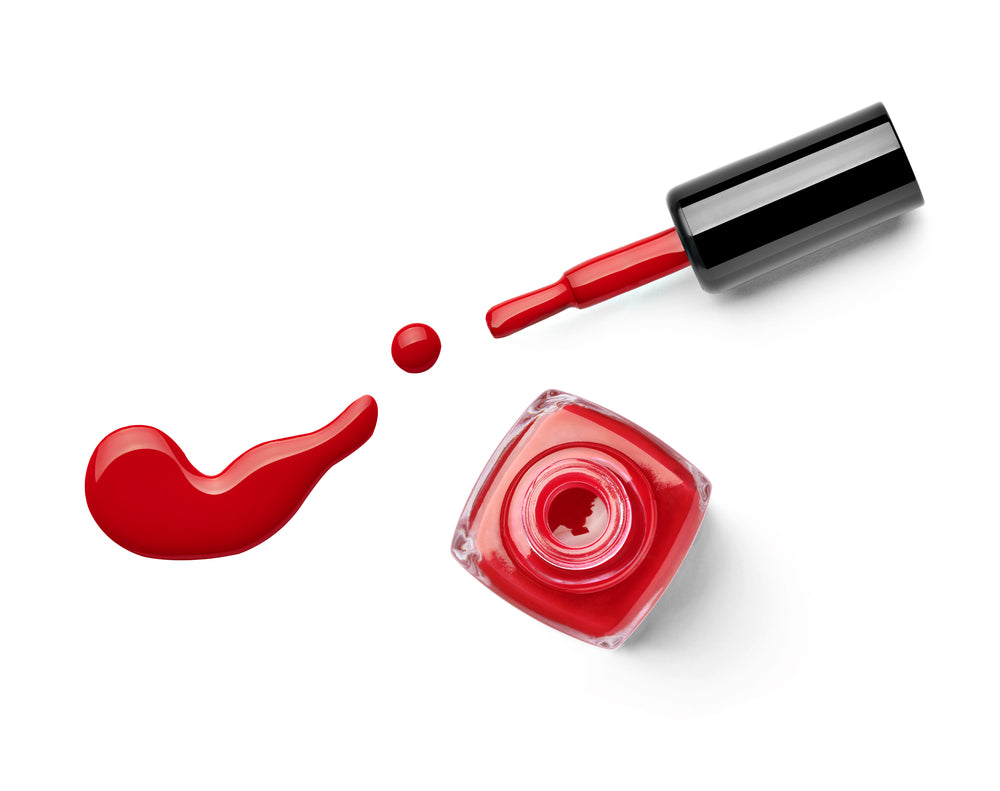
Healthcare Acquired Infection Risks from Worker Fingernails and Polish
Infection prevention is of vital concern right now, and reducing disease transmission between healthcare workers (HCWs) and patients is critical for patient safety.
One source of danger to patient safety is infection from healthcare workers who wear artificial nails or nail polish.
Appropriate policies are required to help mitigate infection risk in hospitals and other healthcare settings. HAIs are a concern not only in hospitals; infections can be acquired in any healthcare setting (e.g. physicians’ offices, clinics, dialysis facilities, nursing homes, and rehabilitation centers) when patients encounter bacteria, fungi, or viruses while receiving treatment for unrelated conditions.
Proper hand hygiene is essential, as HCWs may spread pathogens to patients from environmental reservoirs, including hospital surfaces and medical equipment.
Artificial nails and fingernails with chipped polish have additional surface area and can act as conduits for disease transmission. Nails can harbor some of the most common and economically impactful causes of infection, such as MRSA, Clostridioides difficile, and Candida albicans. However, many healthcare systems lack adequate policies for regulating fingernail treatments of their staff.
Studies show that one in every 25 hospitalized patients had at least one HAI, resulting in more than 700,000 illnesses and 75,000 deaths in one year alone. Additionally, the economic impact of HAIs has been estimated at $96 to $147 billion, annually. The most commonly reported HAIs are pneumonia, surgical-site infections, and gastrointestinal infections, as well as central-line-associated bloodstream infections and catheter-associated urinary tract infections.
ECRI hopes our examination of the clinical evidence regarding risk of HAIs from HCWs’ fingernails helps healthcare providers understand the potential risks of artificial and polished nails, especially in this time of COVID-19. We aim to help by providing evidence-based resources that healthcare risk managers and infection control leadership in health systems can use to review their hand hygiene recommendations and guidelines, and ensure that artificial nails and chipped nail polish are not part of the HCW uniform in your care settings.
Pointing fingers: the nail and infection connection
ECRI recently published a clinical evidence assessment that compares the microbial burden of healthcare workers’ natural fingernails with those of polished and artificial nails, and details investigations of infection outbreaks linking healthcare workers’ treated nails to patient infections and deaths.
ECRI identified five published studies describing epidemiologic investigations that traced HAIs to contaminated fingernails. The case investigations described serious infections and deaths in NICUs and cardiac surgery units that were linked to artificial or polished fingernails. One outbreak was traced to a worker’s fingernail that was persistently infected for several years, but hidden by polish.
Data from ten studies on the microbial burden of healthcare workers’ fingernails suggests that there is a higher bacterial load on artificial nails than on natural nails. Chipped nail polish also poses increased risk compared to recently painted, unchipped nails. Finally, gel-based nail polish may be associated with higher pathogen counts and handwashing may not be effective for removing bacteria from gel polish.
Establishing guidelines
Alarmingly, an estimated 70 percent of HAIs are preventable by using evidence-based strategies. Hand hygiene policies should consider not only handwashing procedures, but fingernail polish and artificial nails as well, as these adornments reduce the effectiveness of sanitization by providing microbes additional surfaces to adhere to. It is imperative to consider the guidelines, establish policies and procedures, and audit for clinical effectiveness.
While preventing HAIs requires a systemic strategy and implementation, it is important that healthcare workers and policy makers address the link between fingernails and infection, and review the evidence-based guidelines provided by leading health institutes. The World Health Organization (WHO) and AORN recommend against healthcare workers wearing fingernail polish or artificial nails, in addition to keeping fingernails short, to prevent the spread of pathogens.
Share this information at your facility and learn more by contacting HTAIS@ecri.org.
